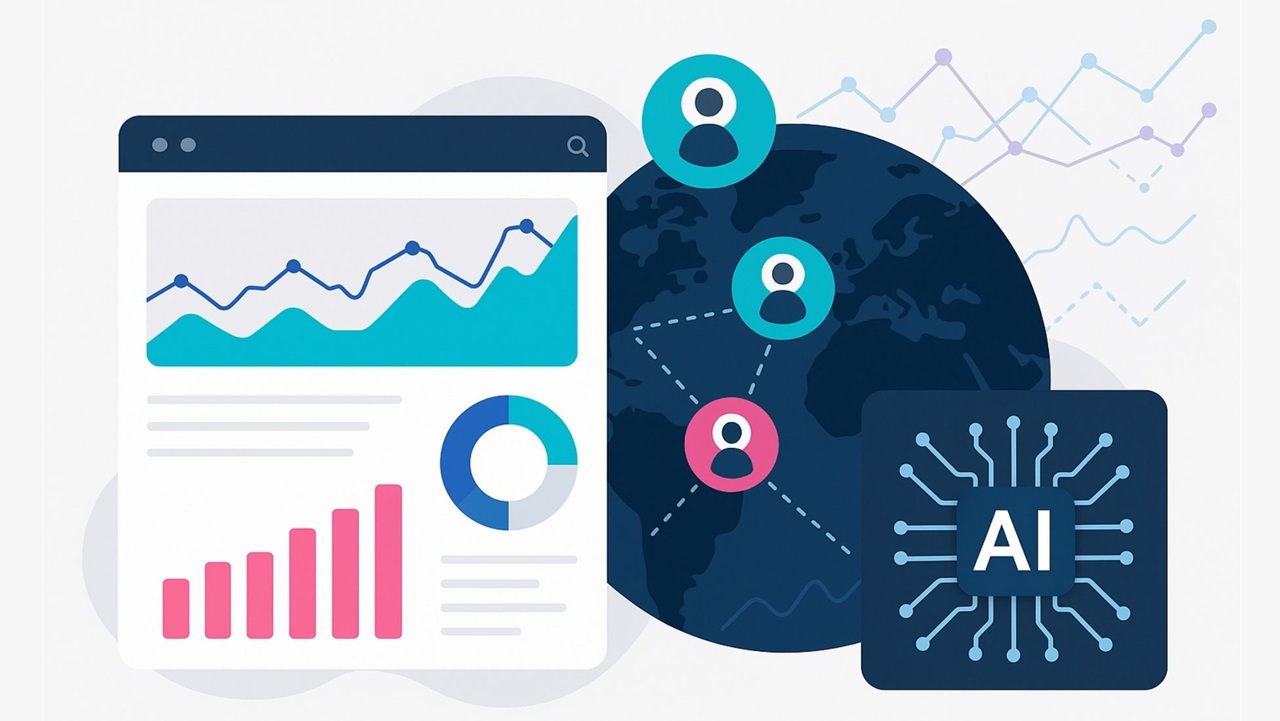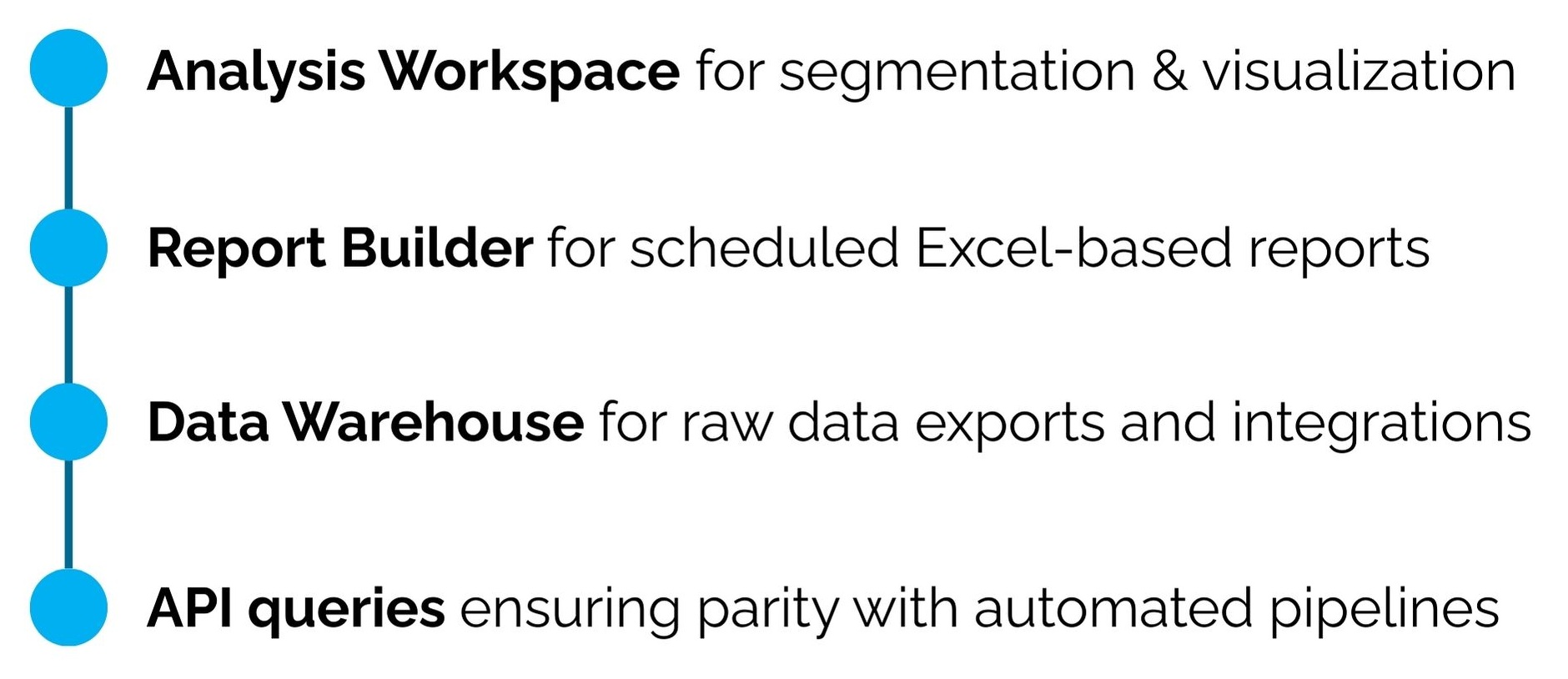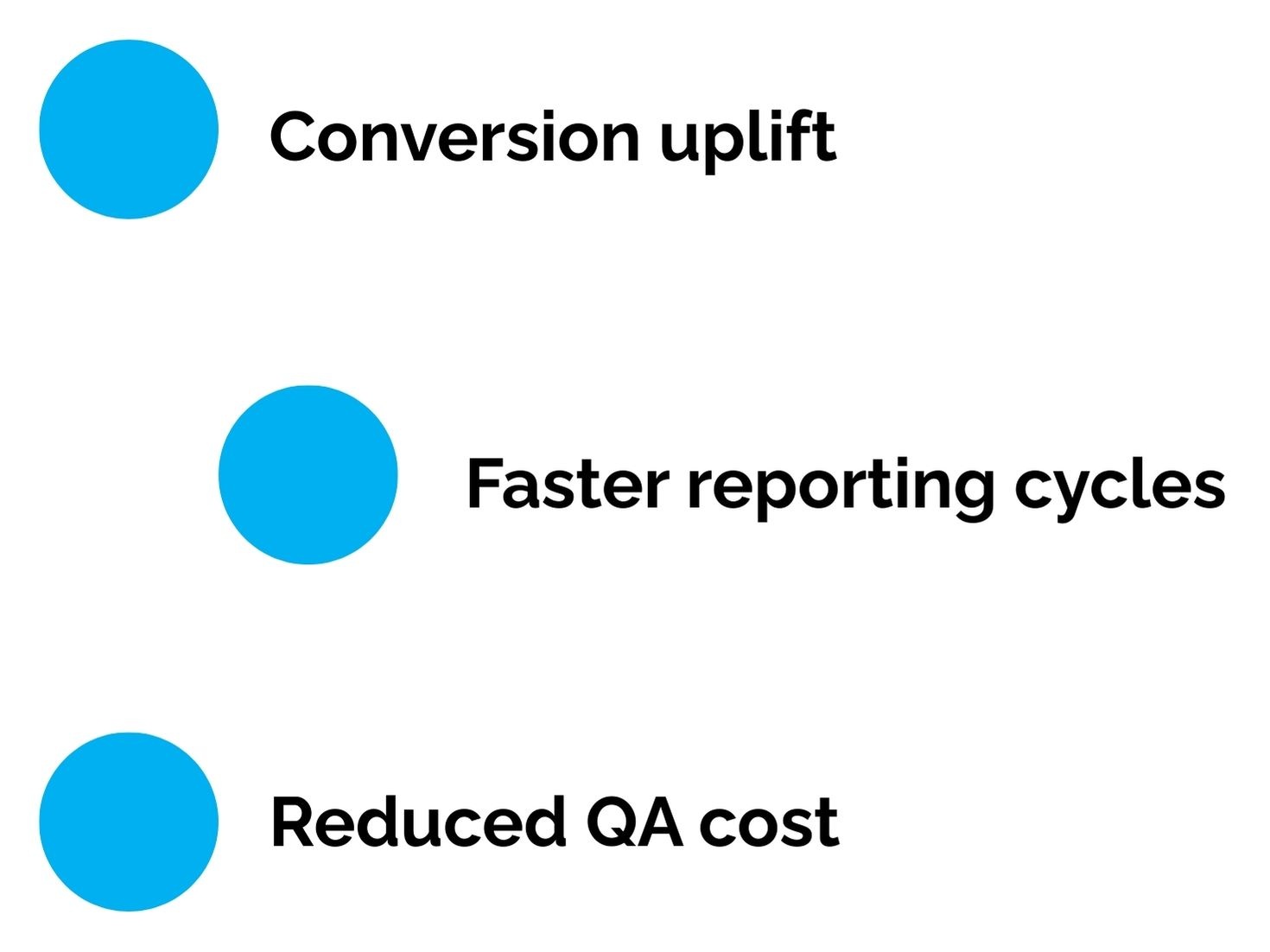
Devrun
August 18, 2025
Unlocking actionability insights is essential for transforming raw data into concrete business value. The August release of Adobe Analytics delivers targeted upgrades designed to elevate analytics workflows and empower MarTech teams with sharper, more actionable data.
Starting August 13, Adobe Analytics introduced a new Referrer Type dimension labeled “Conversational AI tools”. This enables you to track traffic from AI-driven sources such as chatgpt.com, claude.ai, gemini.google.com, and more, spanning Workspace, Report Builder, Data Warehouse, and other tools.
From a technical perspective, the new dimension works by classifying the HTTP referrer header into a standardized referrer type taxonomy. Traffic from supported AI domains is grouped under Conversational AI tools, making it easier to segment and compare against existing categories such as Search Engines, Social Networks, or Email Referrers. This classification is applied consistently across:

By doing so, this feature strengthens your ability to extract meaningful analytics, particularly when measuring AI-driven acquisition funnels, attribution models, and cross-channel journeys. This provides a technical foundation to:
These use cases show how the new Conversational AI referrer type extends beyond reporting into real attribution, segmentation, and MarTech integrations. By leveraging it, teams can transform AI-driven traffic signals into measurable marketing value.
The August Adobe Analytics updates don’t just add new features, they directly influence metrics directors track:


Adobe Analytics reports a 1,200% surge in generative AI referral traffic between July 2024 and February 2025, with visitors showing higher engagement and lower bounce rates than traditional channels. For MarTech teams, segmenting this traffic in attribution models highlights AI as a growing high-value pathway.
Source: Adobe Blog
The August release also includes critical documentation enhancements, such as newly added deprecation warnings for Classification Rule Builder. This signals that Adobe plans to phase out the legacy rule-based classification method, encouraging teams to migrate toward automated workflows using Data Prep in Customer Journey Analytics (CJA) or API-driven classification pipelines.
From a technical standpoint, ignoring these warnings can result in:
By proactively monitoring documentation updates, technical teams can adjust schemas, update tag governance, and shift classification logic into supported tools. This reduces operational risk and ensures that MarTech stacks continue to deliver consistent reporting and actionable analytics without disruption.
With the Classification Rule Builder scheduled for deprecation, directors should ensure continuity by preparing now:

✔ Audit current classifications: Identify all reports, dashboards, and exports still using Rule Builder.
✔ Migrate logic to Data Prep: Move classification logic into CJA Data Prep or API-driven classification workflows.
✔ Update governance documentation: Standardize new workflows so all teams apply transformations consistently.
✔ Validate dependencies: Check integrations (e.g., Data Warehouse, APIs, AEP exports) to prevent broken pipelines.
On the Adobe Customer Journey Analytics side, several enhancements rolled out between August 13 and August 28, 2025.
From a technical perspective, these enhancements expand what teams can achieve inside CJA without relying on external ETL pipelines or offline transformations. They allow:
These features elevate your ability to generate richer insights through dynamic segmentation, advanced calculated fields, and visually compelling geographic analysis.
Adobe Analytics August updates underscore a singular goal: empowering MarTech teams to turn intelligence into measurable impact. From capturing AI referral trends to enabling granular geographic visualization and dynamic data transformations, these enhancements deliver the clarity and agility needed for smarter decision-making.
Stay proactive, stay innovative, while July’s data may reveal patterns, August’s tools give your MarTech team the power to act with precision and confidence.

🔗 Sources:
Adobe Experience League:
Adobe Blog: